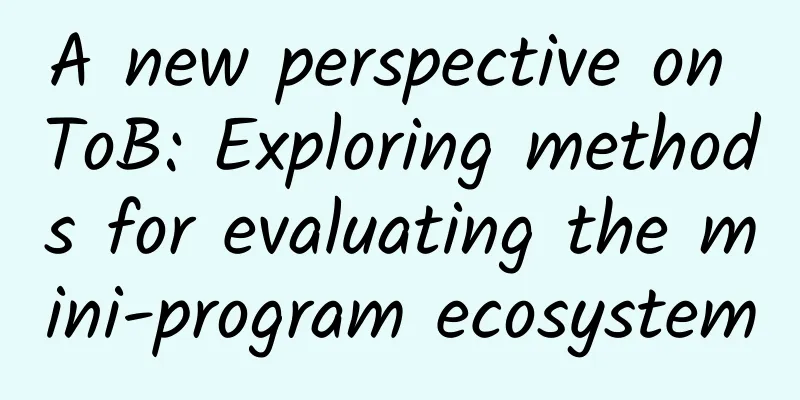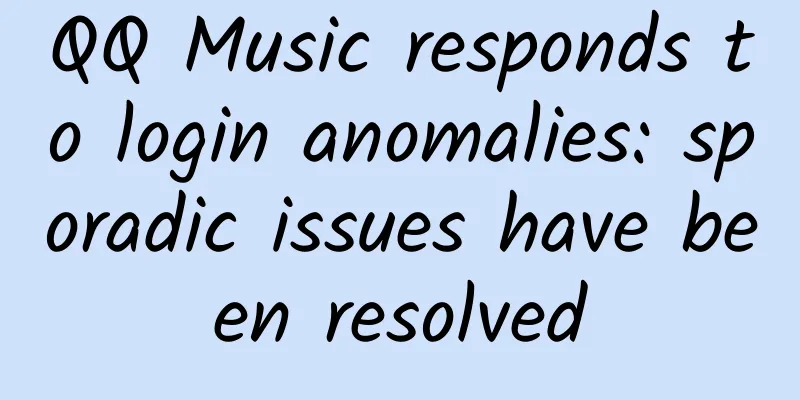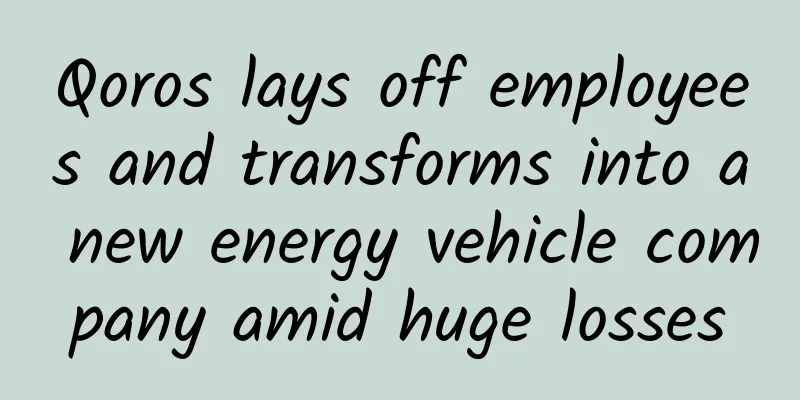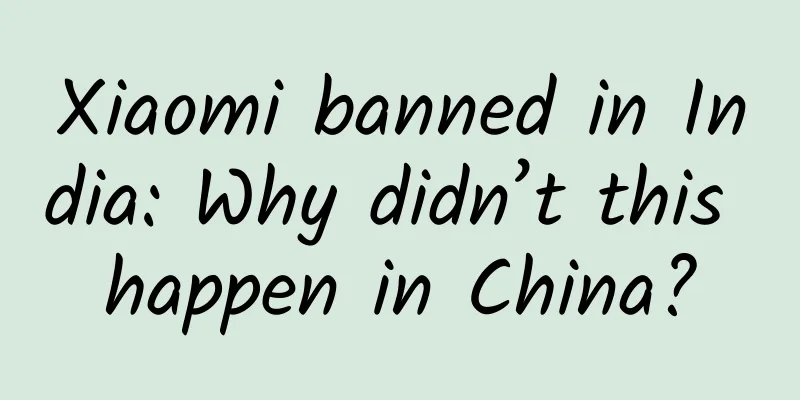A new perspective on ToB: Exploring methods for evaluating the mini-program ecosystem

|
After the COVID-19 pandemic in 2020, mini programs such as the "Health Code" have gradually become indispensable application tools in everyone's lives, and a large number of offline business scenarios such as education and training, department store shopping, etc. have quickly realized online "business" through mini programs, making business solutions such as "mini programs" more recognized by the public and gaining a new round of rapid development. The rapid development of mini programs is inseparable from the support of its "ecological soil" - the "distribution platform". As a distribution platform, in order to meet the diversified needs of C-end users, it is necessary to compete for high-quality B-end merchants in the supply-side market. In order to measure the attractiveness of the distribution platform to B-end merchants, a complete evaluation mechanism is needed. The measurement subject of this evaluation is no longer the C-end user products we are familiar with, and the measurement scope should not be limited to traditional user product experience dimensions such as ease of use and smooth experience; instead, it should be transformed into the ecological perspective of the platform and the B-end, analyzing the cooperation process and willingness between content or service providers and distribution platforms, as well as the ecological health of the distribution platform. So how to carry out an "ecological assessment" for the B-side, how to set reasonable and comprehensive evaluation indicators, and how to objectively interpret the evaluation results. This article will share with you some of our findings from the evaluation from a ToB perspective. "What to evaluate" evaluation system established1. Clarify the goal: understand the demands of B-side merchantsTraditionally, a C-end product is mainly designed to meet a specific user need, such as search, shopping, social networking or map navigation. Its product goals often focus on completing a series of specific operations and improving the experience perception in dimensions such as usability, ease of use and usability, thereby improving data results such as user activity and retention, as well as brand reputation. Therefore, the core direction of C-end product evaluation is "experience", which is the "red line" that products must pay attention to and ensure. In the mini program ecosystem, as the supplier of services or content resources on the mini program distribution platform, the core demand of B-side merchants is to obtain corresponding traffic on the distribution platform with their unique services or content resources, thereby generating commercial benefits such as orders and advertising leads. Experience is no longer the only important evaluation dimension, and sometimes even gives way to considerations of commercial interests. At the same time, in order to obtain rich and high-quality services or information resources from B-side merchants, the functional layout of the distribution platform must inevitably lead to the realization of the commercial interests of the B-side. Therefore, the demands of B-side merchants should be understood from the perspective of cooperative "partners", and the core direction of evaluation is "interests". Under the interests, experience becomes an "optional option" rather than a "mandatory option". After understanding the differences in demand between ToC and ToB businesses, it will be easier for us to identify the key points of ToB indicator setting and interpretation. 2. Setting indicators: sorting out the complex structure of ecological productsFocusing on the underlying logic of win-win between merchants and platforms in ToB business, and through desktop research and law summary of the evaluation system of various B-end distribution ecological products in the industry, we believe that the following three chains can describe the complex structure of B-end distribution ecological products:
From the above, according to the above three chains, the corresponding evaluation system is as follows: How to evaluate? Evaluation plan formulation1. Define the content of the answer: clarify “who” can answer “what”Since the evaluation subject is the merchant, unlike traditional C-end users who are a unity of "decision-making" and "execution", there is a role separation between the decision-making level (CEO/mini program manager) and the execution level (business, products, operations, R&D, etc.) within the merchant, resulting in different information that different roles can contribute. Specifically, the decision-making layer comprehensively considers the company's strategic goals and layout, and focuses on the "resource capability layer" indicators that can bring actual benefits to merchants, such as traffic, private domain operation effects, etc. The execution layer focuses more on the execution efficiency and experience in achieving goals, and can answer the indicators of the "process operation layer" and "rule order layer", such as the smoothness of process operations, the applicability of audit requirements and regulatory recommendations, etc. If the decision-makers are invited to answer the executive level questions by mistake, it will be impossible to get the crux of the details; if the executive level is invited to answer the decision-making layout questions by mistake, it will be impossible to get accurate and comprehensive answers. Therefore, it is very important to clarify "who" can answer "what" questions. At the same time, the decision-makers will compare the commercial value provided by the distribution platform with the execution cost to determine whether to continue investing. Therefore, there is a mutual verification relationship between the information of the two, and the introduction of multi-role evaluation is conducive to obtaining a more comprehensive perspective. 2. Make a good sampling plan: cluster sampling under long-tail distributionAs a supply "group" in the ecosystem, B-side merchants have an inherent group structure. The value provided by each merchant to the ecosystem is not uniform, and the resources available in the ecosystem are also not uniform. This is in line with the Matthew effect of "the poor get poorer and the rich get richer." A few industry-leading merchants have large scale and strong brand effect, such as 58 Daojia in the housekeeping industry and SF Express in the express delivery industry. They are oligopolistic players in their respective industries and can provide the ecosystem with most of the high-quality or even unique resources in the industry, and can usually obtain traffic support. However, a large number of long-tail merchants are small in size and have weak brand effects, such as community cleaning companies and regional logistics companies. They have scarce resources and uneven quality, and in most cases can only survive on their own. Although individual long-tail merchants contribute little to the value of the platform, the group is huge in number and variety, which can ensure the diversity of platform supply and meet the diverse long-tail needs of users. Therefore, they are also indispensable suppliers in the ecosystem. Therefore, considering the difference in the value of the two groups within the ecology, the assessment needs to be sampled separately and structural weights should be assigned to each of the two subpopulations so that the respective assessment scores can be fitted into a unified score. The specific method of formulating structural weights needs to be determined according to the target priorities of the platform at different stages of development. For example, in the early stages of development, the platform relies on the resources of the industry's top players to ensure user experience, so the top players have a higher weight; while in the mature stage of development, the platform relies on a large number of long-tail merchants to ensure the diversity and richness of supply, so the long-tail merchants have a higher weight. Analysis of the evaluation resultsNext, we will introduce two examples to illustrate the practical application of the evaluation results. 1. Analyze the difference in scores of each sectionAt different stages of development, the goals and priorities of platform ecosystem construction are also different. By comparing the differences in various indicators horizontally, we can determine the shortcomings of the stage and determine the direction of subsequent optimization. As shown in Figure 1 above, a large number of experience problems are exposed in the "process operation layer", resulting in a low score in this dimension. This is a typical feature of the platform ecology in the early stages of development: its basic functions have not yet been perfected, and the process operation experience of merchants entering/going online is not good; but in the early stage, it benefited from preferential policies such as traffic support, and developers are still in the platform exploration period, so their satisfaction with rules, order and resource capabilities is relatively high. At the current stage, the platform should focus its energy on the construction of basic processes and optimize basic experience issues to accelerate the expansion of the ecological scale. As shown in Figure 2, when the basic process is gradually built and mature, and developers have certain practical experience in various distribution scenarios and operating rules of the platform, it is easier for them to challenge the scores of sections such as "rule order" and "resource function". At this time, it means that the distribution platform has entered the stage of carefully polishing the distribution scenarios, operating tools, reward and punishment rules, and rights and interests system. The focus should be on in-depth understanding of different types of industry strategies, expanding distribution scenarios and matching them with reward and punishment rules and rights and interests systems for suitable operating methods, so as to enhance developers' willingness to operate proactively. 2. Pay attention to the differences in scores between different ecological groupsIn the early stages of platform development, it is often necessary to support top developers and create benchmark cases to attract more developers to join. Therefore, the scores of top developers at this stage are often higher than those of mid- and low-end developers. As the ecosystem further improves, the low- and low-end developers gradually find ways to survive and gradually narrow the gap with the top developers. If the scores of the low- and low-end developers continue to be sluggish, it means that the platform's subsequent development potential is insufficient. Similarly, if the top developers do not score as high as the low- and low-end developers from beginning to end, it means that the demonstration role has not been established and there is a risk of loss of high-quality resources. Both of these are manifestations of poor ecological health, and businesses need to be more vigilant. The above lists two analysis angles for the evaluation model. Of course, there are many other analysis angles, but due to space limitations, they will not be expanded one by one. In general, business activities are complex, and evaluation methods can only be used as a tool to reflect market competition. In order to have a more thorough understanding of the mini program ecosystem, it is necessary to deeply understand the characteristics of the industry, take the development stage as the context, use evaluation tools to locate problems, continue to discover more interesting business phenomena, and help the business realize more value. We also welcome everyone to leave messages for discussion. |
<<: How can designers quickly become competent in new jobs? Read this personal experience summary!
>>: iOS 14.8 released, all users are recommended to update
Recommend
International Civil Aviation Day丨The sky was clear, why was my flight delayed again?
With the arrival of cold waves, rain and snow, la...
Foreign experts discuss ASO: How do they perform search optimization?
How to do a good job of search optimization ( ASO...
Baidu announces pure vision L4 autonomous driving solution "Apollo Lite"
At CVPR (the world's top academic conference ...
How to build a user tag system from 0-1?
With the disappearance of traffic dividends, the ...
Kuaishou beauty industry advertising research report!
Paying for beauty has become a daily routine for ...
Siri may be able to answer calls for you and convert them into text messages
[[143765]] If you have always regarded Siri as a ...
JeecgBoot mobile phone installation and configuration process
[[359692]] The jeecgBoot front-end UI project can...
After 6 years of preparation, can China's new energy vehicles overtake others?
Products and markets are in the ramp-up stage Acc...
ASUS POSEIDON-GTX 980Ti Graphics Card Review: Belief and Performance
When the first graphics card of ASUS Poseidon ser...
Cases + Data | Is the effect of investment in the education industry poor? That’s because you didn’t choose the right channel!
Every year from July to September, when summer va...
There are so many information flow advertising channels, how do you choose the platform that suits you?
Feed ads are a form of advertising that is inters...
Let’s talk about how to cleverly deal with iOS keyboard problems?
Preface Students who have written mobile applicat...
How to achieve user experience beyond expectations?
Each product iteration requires that the new user...
Oclean One smart toothbrush hands-on experience: a dental care expert with a daily usage cost of less than 1 yuan
Electric toothbrushes have many advantages, but t...
Are there really benefits to getting married and having children early?
Source: Youlai Healthy Life...
![Ahua Pet Group Training July 2021 iPad Illustration Course [HD with Brush Materials]](/upload/images/67cc2735a7a14.webp)








